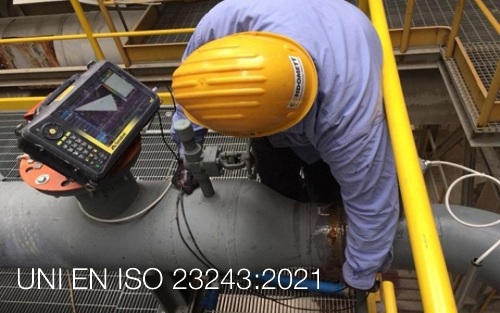Introduction
A video fire detection system differs from some point-type detectors (e.g. ISO 7240-6, ISO 7240-7) in that the detection is performed remotely from the actual fire and therefore does not involve sensor contact with the products of combustion. The fire detection is based on mathematical algorithm analysis of a video image. The video image from a camera can be processed by software to determine the presence of smoke and/or flame (depending on the capability of the system) which is visible in the image.
Video fire detectors consist of three elements: a sensor, an image processor and a transmission path between the sensor and image processor. The elements can be in a single cabinet, or the sensor and processor can be in separate cabinets, interconnected by a transmission path.
The processor incorporates an alarm and fault signalling interface to connect to a compatible fire detection control and indicating equipment transmission path.
Two types of detectors are specified to differentiate equipment that senses smoke or flame. A single detector can also sense both smoke and flame.
Two enclosure protection ratings are specified for dust and water ingress protection.
Three environmental temperature ranges are specified, for detectors suitable for installation indoors or outdoors.
A fire detection and alarm system is required to function satisfactorily not only in the event of fire, but also during and after exposure to conditions likely to be met in practice, including corrosion, vibration, direct impact, indirect shock and electromagnetic interference. Tests are intended to assess the performance of the video fire detectors under such conditions.
This document is not intended to place any other restrictions on the design and construction of such detectors.
1 Scope
This document specifies requirements, test methods and performance criteria for video fire detectors (VFDs), which operate in the visible spectrum, for use in fire detection and alarm systems installed in and around buildings (see ISO 7240-1). For the testing of other types of VFD working on different principles, this document can be used only for guidance.
Detectors developed for the protection of specific risks that incorporate special characteristics (including additional features or enhanced functionality for which this document does not define a test or assessment method) are beyond the scope of this document.
[...]



































